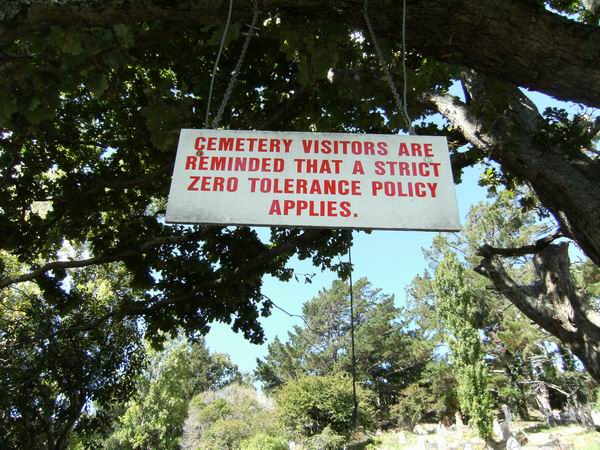Thames was formed from two historic towns, Grahamstown and
Shortland, of which many original buildings still stand.
Shortland was in the south of Thames and was founded on the 27th of
July 1867 when James Mackay, civil commissioner for the Hauraki
District concluded an agreement with local Maori.
This agreement secured the rights to local mineral deposits leading
to the proclamation of the Thames Goldfield on 1 August.
Grahamstown was founded the following year at the northern end of
present Thames, approximately one mile from Shortland.
The two towns merged in 1874 after it emerged the heart of the
Goldfield was in Grahamstown.
Shortland waned in importance until the turn of the century when
the Hauraki Plains were developed for farming and the Shortland
railway station was opened.
Many people migrated to Thames at its peak, and it was soon the
second-largest city in New Zealand (the largest being Dunedin then
Auckland).
However, as the gold began to diminish, so did the number of
inhabitants, and although Thames never shrank, it has never grown
much either.
It is still the biggest town on the Coromandel.
The population in the 2006 census was 6,756, an increase of 51
since 2001.
Many residents work in tourism and locally owned businesses
servicing the local farming community.
At the time of gold discovery in August 1867, inland traders,
Maori and Pakeha, were transporting on the river, and ships'
masters plied the area seeking kauri timbers and gum.
Soon the principal towns of the area, including Grahamstown and
Shortland, were united to form the Borough of Thames.
By mid-1868 the population of the goldfields was estimated to be
around 18,000 people with numbers drifting downwards according to
gold yields, reaching around 6,000 when mining 'fell apart' by the
First World War .
Grahamstown mining folk and their families tended to use the Tararu
cemetery for their place of burial and the more central Shortland
settlement, the Shortland cemetery.
A study of the Shortland cemetery records for 1870 indicated
that of the 117 recorded deaths, 20 men and 14 women died between
the ages of 18 and 40 years.
No population figures could be found for the number of 'diggers'
who passed through Thames.
Mine workers' deaths, however, were prevalent - from silicosis, the
result of lung exposure to quartz dust, and deaths from mine
accidents, including gas explosions.
Later, in 1914, well after the first gold rush, the NZ Yearbook
(1915) still recorded that New Zealand-wide, workers' goldmining
deaths were second only to those manual workers involved in
'agricultural and pastoral' occupations.
Children, with their early deaths, were the major casualty and
grave markers throughout the cemetery bear witness.
In the early goldrush years, in addition to general infectious
diseases, pregnancy and the perinatal period were hazardous times
for women as well as their babies.
The Shortland records of 1870 indicate that 11 women under 35 years
died that year, which had reduced in 1880 and l881 to four and six
deaths respectively - hopefully due to a reduction in puerperal
sepsis.
Stillbirths are seldom mentioned in records, only with Mary Ann Way
and her (probably) stillborn daughter were identified on a
gravestone - the mourning figure, and the poignant, grieving, 'a
wife and child in sweet repose'.

Cache is located on cemetery grounds away from grave
sites.
No need to disturb any grave sites.
Geocache with care
Calm on the bosom of thy God
Fair spirit rest thee
Now e'en while with us thy footsteps trod
His seal was on thy brow.

This photo is close to GZ